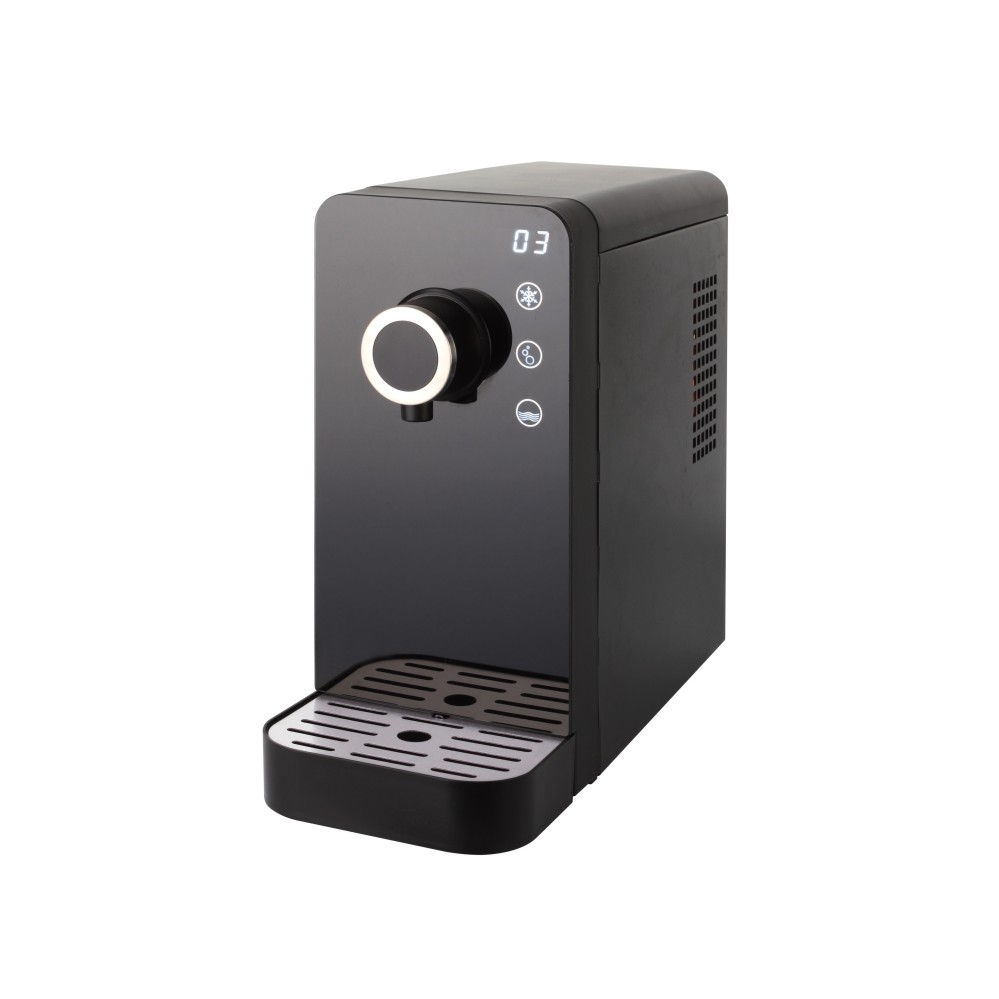The way we access clean and safe drinking water at home or in the office has come a long way, thanks to the convenience of water dispensers. Whether it’s the refreshing chill of a cold glass in summer or the cozy comfort of hot tea in winter, water dispensers make it all possible. But choosing the right one can be tricky. Let’s dive into everything you need to know about water dispensers, from their types to features and maintenance tips.
What is a Water Dispenser?
A water dispenser is a device that provides drinking water and comes in various types to suit different needs. It’s perfect for home, office, or any space that requires easy access to clean water.
Types of Water Dispensers
1. Bottled Water Dispensers
Bottled water dispensers use large water bottles, typically five gallons, and are ideal for spaces with no direct water line.
Advantages
- Portable and easy to set up.
- No plumbing installation required.
Disadvantages
- Bottle replacements can be cumbersome.
- Storage space for water bottles is necessary.
2. Point-of-Use (POU) Water Dispensers
These connect directly to your water line, filtering and dispensing water continuously.
Advantages
- Cost-effective over time.
- No need to replace water bottles.
Disadvantages
- Requires plumbing work.
- Limited portability.
3. Countertop Water Dispensers
Compact and suitable for smaller spaces, countertop dispensers are perfect for kitchens or offices with limited room.
Advantages
- Space-saving design.
- Easy to install and use.
Disadvantages
- Smaller capacity compared to floor-standing models.
- Limited features in some models.
Features to Consider When Choosing a Water Dispenser
1. Temperature Settings
- Hot and Cold: Ideal for making tea, coffee, or instant noodles.
- Room Temperature: Great for everyday hydration.
2. Filtration System
Some dispensers come with built-in filters to purify the water, removing contaminants and improving taste.
3. Child Safety Lock
Essential for homes with kids, this feature prevents accidental hot water burns.
4. Energy Efficiency
Look for models with energy-saving modes or certifications for lower electricity usage.
5. Water Capacity
Consider the size of your household or office when selecting the dispenser’s water capacity.
Installation and Setup
Step-by-Step Guide for Bottled Dispensers
- Unbox and position the dispenser on a flat surface.
- Clean the dispenser before use.
- Invert the water bottle and place it onto the dispenser.
- Plug in and let the water flow for a few seconds before drinking.
Step-by-Step Guide for POU Dispensers
- Hire a professional to connect the dispenser to your water line.
- Ensure the filtration system is installed correctly.
- Test the water temperature and flow before use.
Benefits of Using a Water Dispenser
1. Convenience
A water dispenser makes accessing clean, hot, or cold water a breeze, saving time and effort.
2. Health and Safety
Filtered water dispensers ensure the removal of harmful contaminants, promoting better health.
3. Cost Savings
While there’s an initial investment, a POU dispenser can save money in the long run compared to buying bottled water.
4. Eco-Friendly
Reduces plastic waste if using a POU dispenser or refillable bottles.
Maintenance Tips for Water Dispensers
1. Regular Cleaning
- Daily: Wipe down the exterior with a damp cloth.
- Monthly: Deep clean the internal components using a vinegar solution.
2. Replace Filters
For POU dispensers, change filters every six months or as recommended by the manufacturer.
3. Check for Leaks
Inspect hoses and connections regularly to prevent water damage.
Common Issues and Troubleshooting
1. Water Tastes Funny
- Check for expired filters.
- Clean the dispenser thoroughly.
2. Dispenser Leaks
- Ensure the water bottle is correctly seated.
- Inspect the water line for damage.
3. Hot Water Isn’t Hot Enough
- Adjust the thermostat if possible.
- Ensure the dispenser is plugged in properly.
How to Clean Your Water Dispenser
Step-by-Step Cleaning Guide
- Unplug the dispenser and remove the water bottle.
- Use a mixture of vinegar and warm water to clean the tank.
- Rinse thoroughly with clean water.
- Wipe down all external parts.
The Importance of Filtered Water
Filtered water is crucial for health, removing impurities like chlorine, heavy metals, and bacteria. A good water dispenser can improve the taste and quality of your drinking water.
Comparing Bottled vs. Point-of-Use Dispensers
Bottled Dispensers
- Pros: No installation, easy to move.
- Cons: Higher long-term costs, bulky bottles.
Point-of-Use Dispensers
- Pros: Cost-effective, eco-friendly.
- Cons: Requires plumbing, not portable.
Top Brands to Consider
- Primo Water: Known for reliability and sleek designs.
- Brio: Offers energy-efficient models with advanced filtration.
- Avalon: Popular for innovative features and stylish looks.
Where to Buy Water Dispensers
1. Online Retailers
- Amazon: Wide selection and customer reviews.
- Walmart: Affordable options and easy returns.
2. Specialty Stores
- Home Depot: Expert advice and installation services.
- Best Buy: Various models with extended warranties.
Conclusion
Water dispensers have become an essential appliance, offering both convenience and health benefits. Whether you choose a bottled or POU dispenser, picking the right model boils down to your specific needs, budget, and space. With proper maintenance and the right features, a water dispenser can provide years of reliable service.
FAQs
1. How often should I clean my water dispenser?
It’s recommended to clean your water dispenser every month to ensure optimal performance and hygiene.
2. Can I use tap water in a bottled water dispenser?
No, bottled water dispensers are designed for sealed water bottles. Using tap water may contaminate the unit.
3. Are there energy-efficient water dispensers?
Yes, many modern water dispensers come with energy-saving modes or certifications to reduce power consumption.
4. How do I know when to replace the filter in my POU dispenser?
Most models have indicators, but it’s generally advisable to replace filters every six months.
5. Is it safe for children to use water dispensers?
Yes, but always opt for a dispenser with a child safety lock to prevent hot water accidents.







